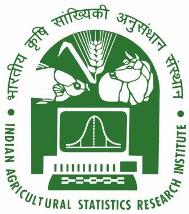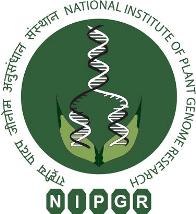|
The gold standard genomic sequences, including structurally and functionally annotated genes of whole japonica rice (Nipponbare) genome and NGS (next-generation sequencing)-based genome resequences of diverse rice accessions are currently accessible. Henceforth, it is now possible to develop ISM (Intron-Spanning Marker) primarily at a genome-wide scale by targeting all individual introns present in the genes annotated from rice genome. Subsequently, each intron of these genes can be scanned for insertions-deletions (InDels) by comparing the corresponding whole genome sequences of multiple resequenced rice accessions in order to convert ISM into ILP (Intron-Length Polymorphism) markers. This strategy of developing ISM and ILP markers provides user with a wider flexibility to screen diverse combinations of informative primers from an individual gene exhibiting reproducible amplification as well as higher polymorphic potential for discrimination of rice accessions effectively. Henceforth, ISM and ILP markers are found to be more efficient in targeted mapping and identification of diverse arrays of genes directly on genome for expediting trait-associated genes/QTLs identification and marker-assisted breeding in rice. Considering these, the added advantage of abundant and multi-allelic gene-derived ISM and ILP markers as compared to SSR and SNP markers that were commonly utilized in rice genetic analysis is evident. This could be primarily due to higher efficiency of ISM and ILP markers in detecting polymorphism among rice accessions along with precise assay of differential expression profiles across tissues/stages of accessions by an affordable gel-based assay with optimal expense of resources. The ILP markers, especially targeting multiple InDels within an individual intron at a time for their amplification, thereby have higher likelihood potential of detecting polymorphism than InDel markers among rice accessions. The marker genotyping and differential gene expression profiling can be furthered by assaying identical set of ISM and ILP markers in both of these studies, which will eventually be helpful in molecular mapping of differentially expressed genes directly on the rice genome for successful rapid quantitative dissection of complex traits and genetic enhancement studies.
|



